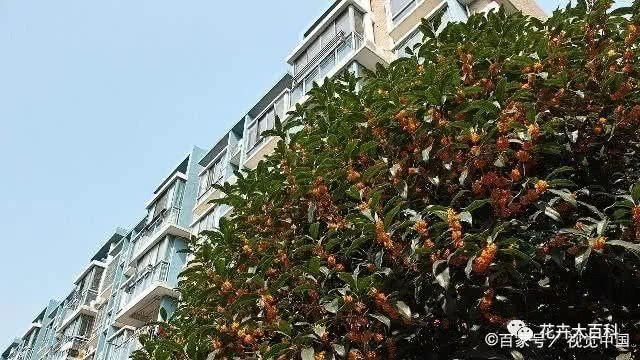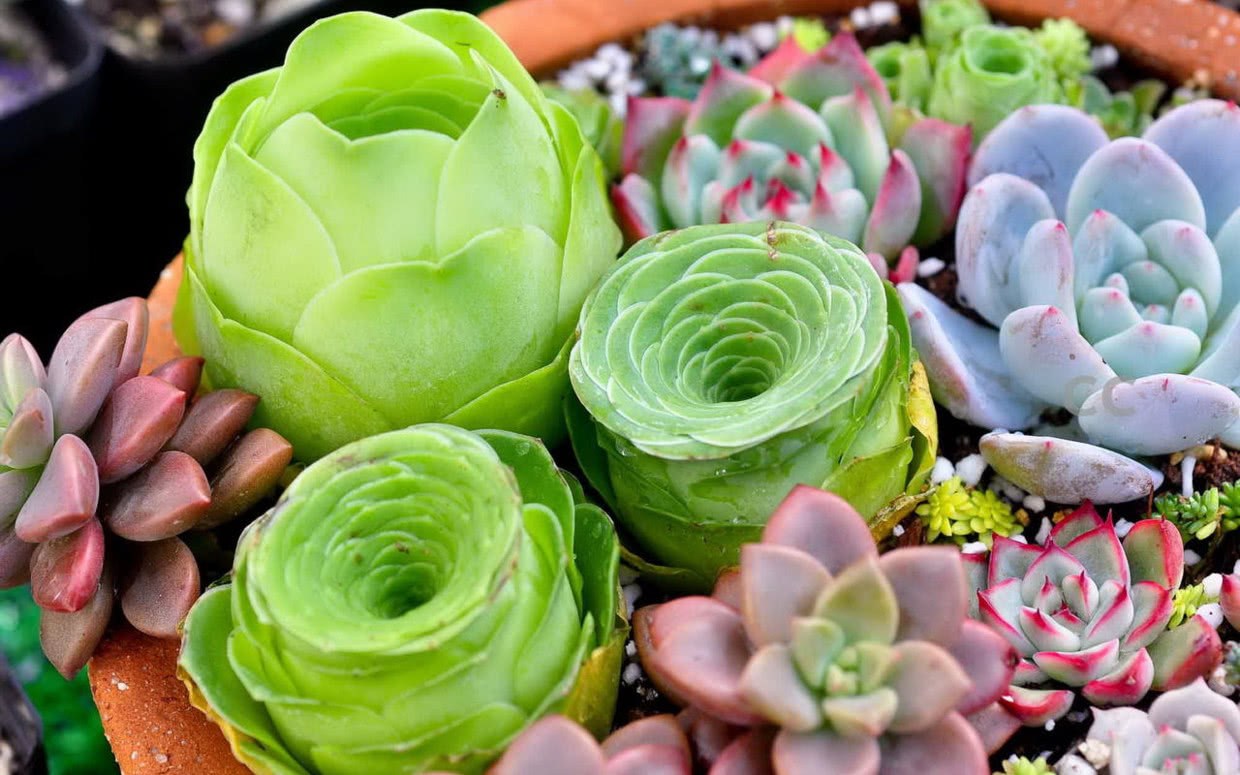The leaves of sweet-scented osmanthus trees grow yellow and dry, and the stall can't get cold first. Maybe that's the problem.

What is the reason why sweet-scented osmanthus trees grow yellow and dry? It is mainly divided into several points: stagnant water caused by overwatering, poor lighting and ventilation measures, humidity less than 60%, temperature unsuitable for less than 15 degrees Celsius or higher than 30 degrees Celsius, dry tips of leaves caused by other diseases and insect pests (brown spot, blight, anthrax, etc.). Corresponding improvements need to be made according to different causes.
Osmanthus fragrans
The soil for cultivating sweet-scented osmanthus trees requires good air permeability, so remember not to use heavy clay. The watering method of "no dry, no watering, watering thoroughly". If you encounter the harm of waterlogging, the root system will blacken and rot, the leaf tip will dry up first, and then the whole plant leaf will wither and fall off, which will lead to plant apoptosis slowly.
Osmanthus fragrans harmed by waterlogging
Sweet-scented osmanthus trees are sun-loving plants, so make appropriate arrangements for the degree of light and the duration of exposure to sunlight. In a rising temperature or dry environment, try to use shading net shading and spraying water to improve the humidity of the environment. In general, it is the dry tip of old leaves, which can be easily installed as long as the humidity is increased by more than 60%.
Osmanthus fragrans leaf tip
The suitable temperature for sweet-scented osmanthus tree growth is between 15-30 degrees Celsius, and the high and low temperature may cause problems. The place where sweet-scented osmanthus trees are planted requires the most suitable location with good ventilation and good permeability; sweet-scented osmanthus trees like a clean and ventilated environment and are not resistant to smoke and dust.
Osmanthus fragrans harmed by smoke and dust
Usually, it is necessary to increase the use of phosphorus and potassium fertilizer and organic fertilizer, so as to improve the resistance of the plant itself.
The following are the symptoms and solutions in the early stages of the disease and pest attack:
Brown spot: at the initial stage of the disease, chlorotic small yellow spots appear on the leaves, which gradually expand into nearly round spots. Brown spot generally occurs in April-October of the following year, and old leaves are more susceptible than young leaves.
Blight spot: at the beginning of the disease, light brown spots appear on the leaves, gradually expand into round or irregular spots, and then gradually expand near round or irregular grayish brown spots, with dark brown edges. Blight usually occurs from June to October and occurs all year round in a greenhouse with a bad environment.
Anthrax: at the initial stage of the disease, small green spots appear in the leaves, which gradually expand to form round, semicircular or oval spots. The disease spot is light brown to grayish white, with reddish-brown rings on the edge. Under moist conditions, black-gray myxospore disks appear on the disease spot. Anthrax usually occurs from March to July.
Control measures: first of all, it is necessary to reduce the source of the disease. The fallen leaves should be swept away thoroughly in autumn. Potted sweet-scented osmanthus trees should remove their diseased leaves in time. Secondly, strengthen the cultivation management. Select fertile, loose drainage function of good soil or substrate for cultivation, increase the application of organic fertilizer and potassium fertilizer, the planting density should be suitable not too dense. In order to ventilate and penetrate the light, reduce the leaf humidity and reduce the occurrence of diseases. Scientific and rational use of chemicals for prevention and control.
There is no way for the leaves of sweet-scented osmanthus to grow yellow.
- Prev

Is it better not to raise fish in a fengshui tank than to raise fish? Are there any taboos?
Fish tank is very familiar to you, and the role of fish tank is divided into many kinds, fengshui tank, water tank, ecological tank, dragon fish tank, gold fish tank, etc., they play different roles, each play their own role, so today is one.
- Next

Succulent plants are not easy to raise? The variety is the key to choose the potted carapace grass.
I don't know when this succulent plant has become everyone's favorite, and its colors and varieties are innumerable, but it is possible that "beauties" are all prickly, and succulent plants are beautiful but really conserved.
Related
- Wuhan Hospital Iron Tree Blooming Result Was Instantly Frightened by the Gardener Master
- Which variety of camellia is the most fragrant and best? Which one do you like best?
- What is the small blue coat, the breeding methods and matters needing attention of the succulent plant
- Dormancy time and maintenance management of succulent plants during dormancy
- Minas succulent how to raise, Minas succulent plant pictures
- What are the varieties of winter succulent plants
- How to raise succulent plants in twelve rolls? let's take a look at some experience of breeding twelve rolls.
- Attention should be paid to water control for succulent plants during dormant period (winter and summer)
- Watering experience of twelve rolls of succulent plants
- Techniques for fertilizing succulent plants. An article will let you know how to fertilize succulent plants.

